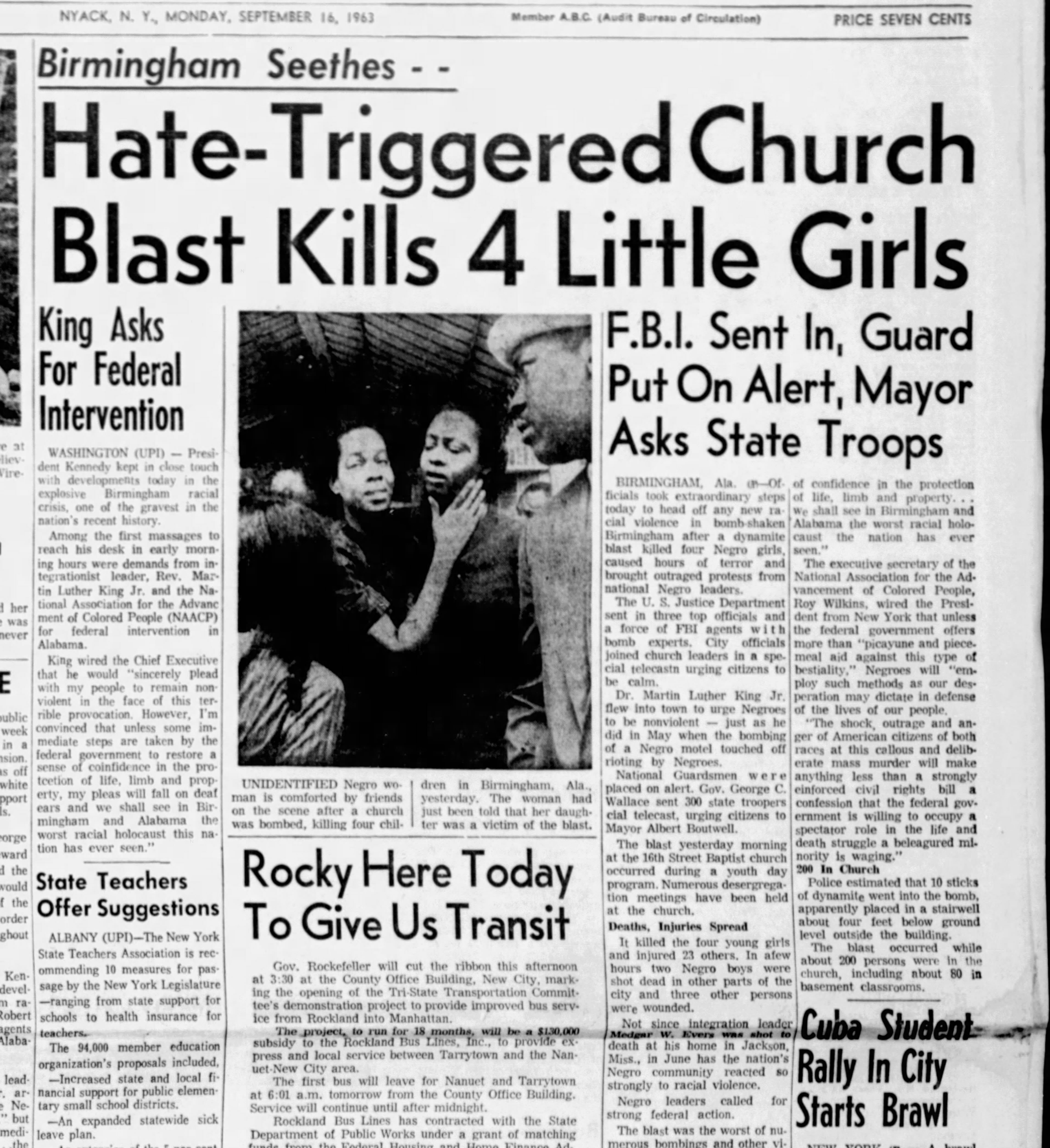News Articles for Beginners
News Articles for Beginners
Blog Article
The Facts About News Articles Revealed
Table of ContentsNot known Incorrect Statements About News Articles Getting My News Articles To WorkThe Best Guide To News Articles8 Simple Techniques For News ArticlesHow News Articles can Save You Time, Stress, and Money.
Good expertise of various subjects offers pupils an one-upmanship over their peers. Although digital and social media sites are readily easily accessible, we need to not neglect exactly how important it is to check out the papers. Parents should try and instill the practice of reviewing a paper as a day-to-day regimen to continue the tradition of the adored print medium.News tales also have a minimum of one of the complying with essential characteristics relative to the intended target market: closeness, prominence, timeliness, human interest, peculiarity, or effect. The associated term journalese is often made use of, generally pejoratively, to refer to news-style writing. One more is headlinese. Newspapers typically stick to an expository writing design.
Within these limitations, news tales also intend to be extensive. Nonetheless, various other elements are included, some stylistic and some stemmed from the media kind. Among the larger and more reputable newspapers, justness and equilibrium is a major consider offering information. Commentary is generally confined to a separate area, though each paper might have a different general angle.
Papers with a global target market, for instance, often tend to make use of a much more formal design of creating. The details choices made by a news outlet's editor or editorial board are typically accumulated in a style overview; common style guides include the and the US Information Style Publication. The main goals of news writing can be summed up by the ABCs of journalism: precision, brevity, and clarity.
Some Known Facts About News Articles.
As a rule, journalists will not make use of a long word when a short one will do. Information authors attempt to avoid using the exact same word much more than when in a paragraph (sometimes called an "echo" or "word mirror").
Headlines often leave out the subject (e.g., "Jumps From Boat, Catches in Wheel") or verb (e.g., "Cat female fortunate"). A subhead (also subhed, sub-headline, subheading, caption, deck or dek) can be either a subservient title under the major headline, or the heading of a subsection of the short article. It is a heading that precedes the major text, or a team of paragraphs of the primary message.

Extra billboards of any of these kinds may appear later on in the article (specifically on subsequent pages) to lure further reading. Such billboards are also made use of as reminders to the post in various other sections of the publication or website, or as advertisements for the piece in other magazine or websites. Typical structure with title, lead paragraph (recap site here in vibrant), various other paragraphs (details) and call details.

Example of a hard-lead paragraph NASA is suggesting one more area task. The budget requests about $10 billion for the task.
An "off-lead" is the 2nd most important front page news of the day. To "hide the lead" is to start the post with history info or information of additional relevance to the readers, compeling them to review even more deeply right into a short article than they must have to in order to uncover the important factors.
All About News Articles
Typical use is that a person or see post 2 sentences each create their own paragraph. Reporters generally explain the company or structure of an information story as an anchor inverted pyramid. The vital and most fascinating elements of a tale are placed at the beginning, with supporting info following in order of decreasing relevance.
It allows people to discover a subject to just the deepness that their inquisitiveness takes them, and without the charge of details or nuances that they can consider irrelevant, yet still making that details offered to extra interested readers. The inverted pyramid framework also enables articles to be trimmed to any approximate length throughout layout, to suit the space available.
Some writers begin their tales with the "1-2-3 lead", yet there are several sort of lead available. This layout invariably begins with a "Five Ws" opening up paragraph (as described over), adhered to by an indirect quote that serves to support a significant element of the initial paragraph, and afterwards a direct quote to sustain the indirect quote. [] A kicker can refer to multiple points: The last story in the information broadcast; a "happy" tale to end the program.
Longer short articles, such as publication cover short articles and the items that lead the inside areas of a paper, are referred to as. Function tales vary from straight news in several means. Foremost is the lack of a straight-news lead, most of the moment. As opposed to supplying the essence of a story up front, attribute authors may attempt to draw readers in.
The 6-Second Trick For News Articles
The journalist usually details interactions with meeting subjects, making the item much more individual. A feature's initial paragraphs usually relate a fascinating minute or event, as in an "unscientific lead". From the details of a person or episode, its view swiftly widens to generalities about the story's topic. The area that indicates what a feature is about is called the or billboard.
The Editor's Tool kit: A Recommendation Guide for Beginners and Professionals (2001) Allan M. Siegal and William G. Connolly. The New York City Times Guidebook of Design and Use: The Official Design Overview Used by the Writers and Editors of the World's Most Reliable Newspaper (2002) M. L. Stein, Susan Paterno, and R.
Report this page